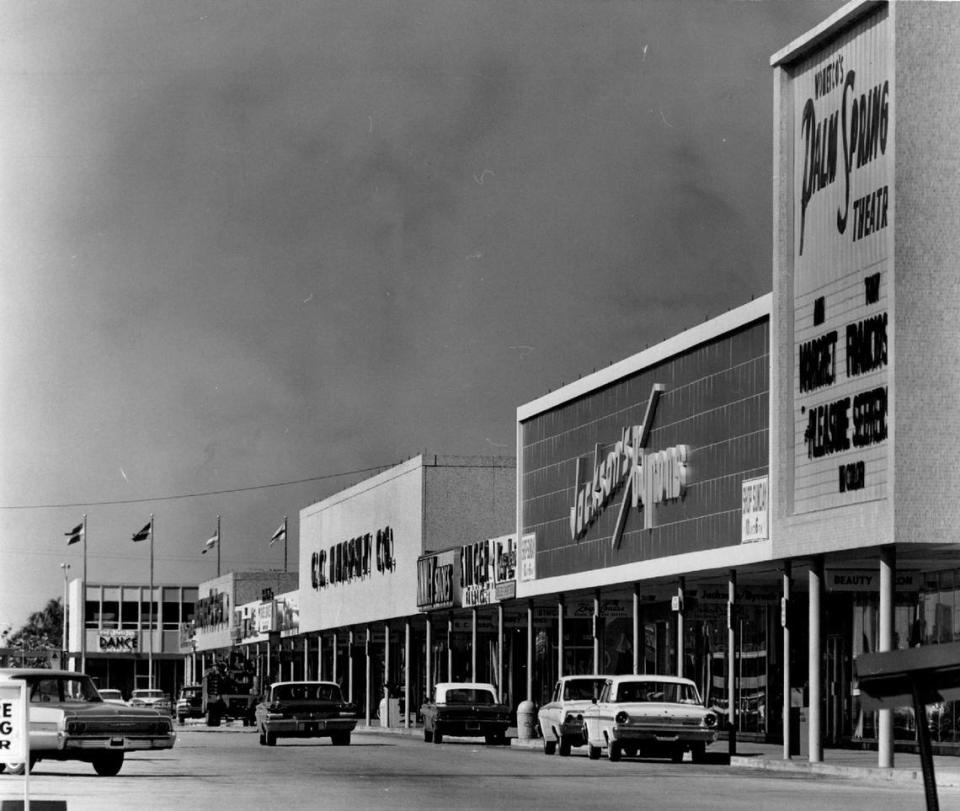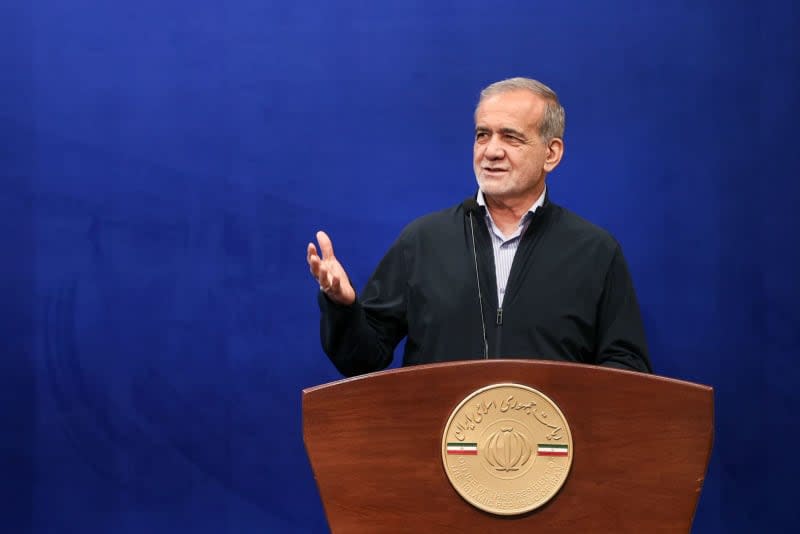Hialeah was named by a Seminole Indian named Willie Willie, when pioneer developer James Bright asked him to describe the property. He called it Hi-ale-ah, which means pretty prairie or high prairie.
Bright, a cattleman from Missouri, came to Miami in 1909 and bought 640 acres of submerged land northwest of the city. Within a few months, he dug the Miami Canal and drained his land.
He joined with New York developer and aviator Glenn Curtiss to incorporate Hialeah in 1921. Within 10 days, their company sold $1 million in land.
Bright built a house and cattle ranch at what is now the corner of Hialeah Drive and East Second Avenue. Curtiss built an airfield at what eventually became the Deer Park residential section.
G.R. Milliard, Hialeah’s first resident, built his home at Okeechobee Road and Hialeah Drive. From his house, he operated the town’s first post office, first real estate office, first general store, first car repair shop and the first headquarters for the bus line to Miami. His daughter was born the year the town was incorporated. He named her Leah.
Within two years, Hialeah had 41 families, a dog track and a race course under construction.
As Miami and Miami Beach blossomed in the 1920s into “America’s winter playground,” Hialeah grew up as the working man’s town.
The Hialeah Race Track was first laid out as a dog track by Glenn H. Curtiss, a pioneer aviator and one of the first settlers in the area. It was later converted to a horse track by James Bright, the first white settler of record in Hialeah.
Many of the city’s residents worked at the track. Hialeah boomed during its first year of incorporation. Workers flocked to the area, buying inexpensive parcels of land and building “tent homes,” wood frame houses with canvas roofs.
Then, in September 1926, a hurricane struck, destroying much of the city.
But the city survived the hurricane and the Depression and finally bounced back during World War II. It’s now one of the largest cities in Florida.
MORE: From dairy farms to a commercial hub: How Hialeah’s 49th Street evolved over 60 years
Let’s take a look through the Miami Herald photo archives at what Hialeah looked like as it grew into the city it is today:
BUSINESSES
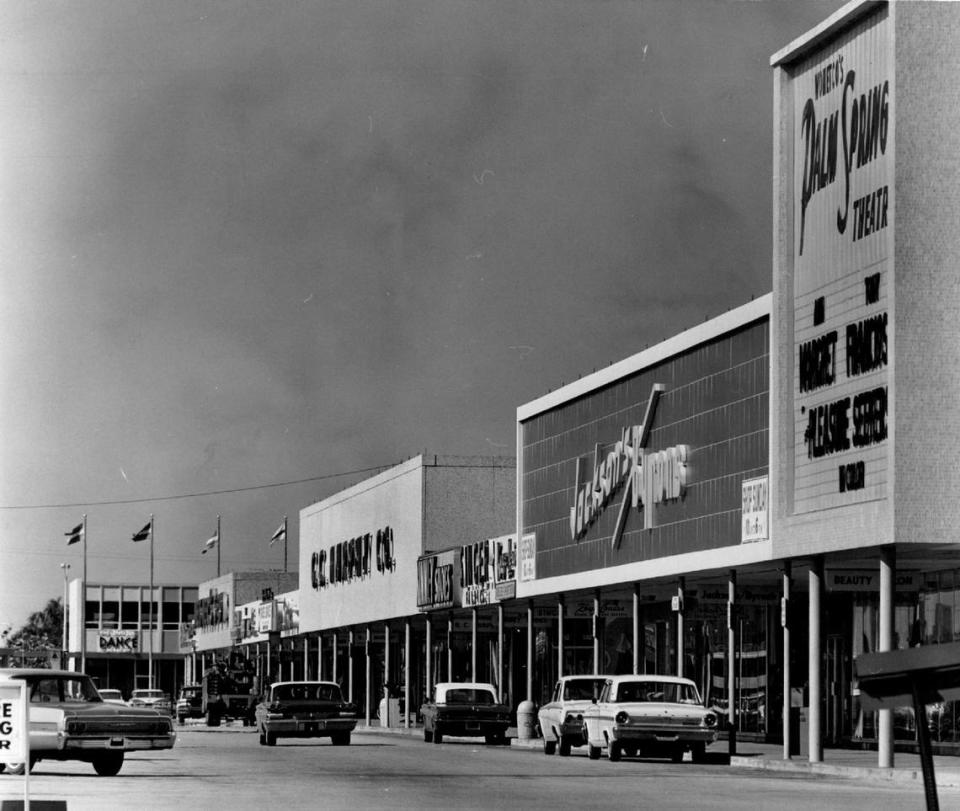
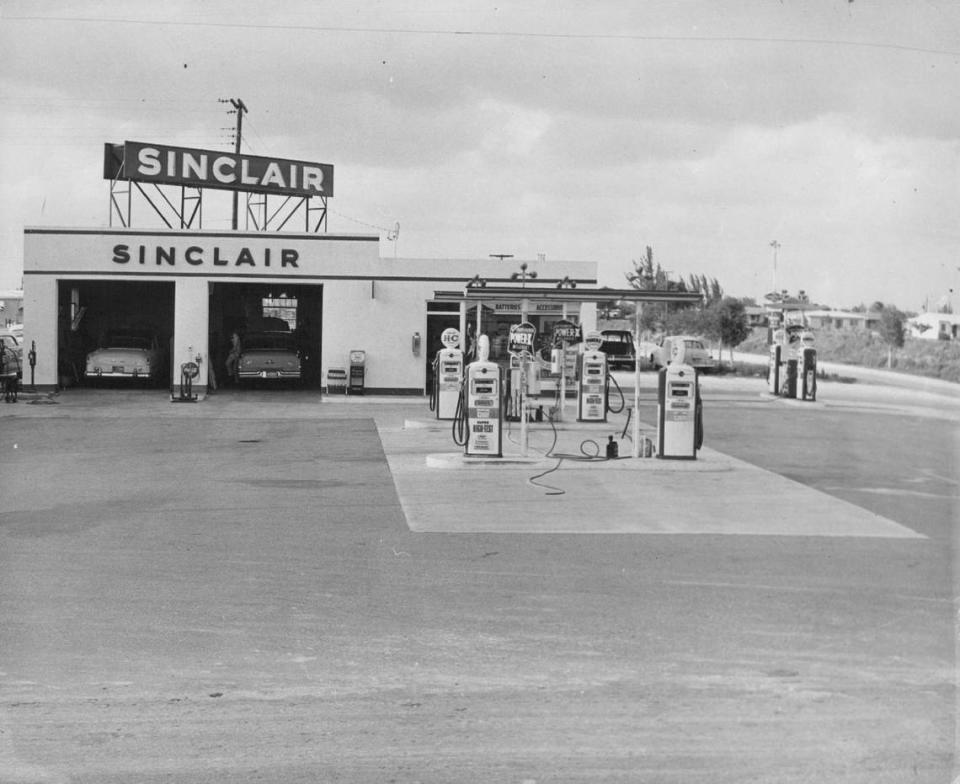
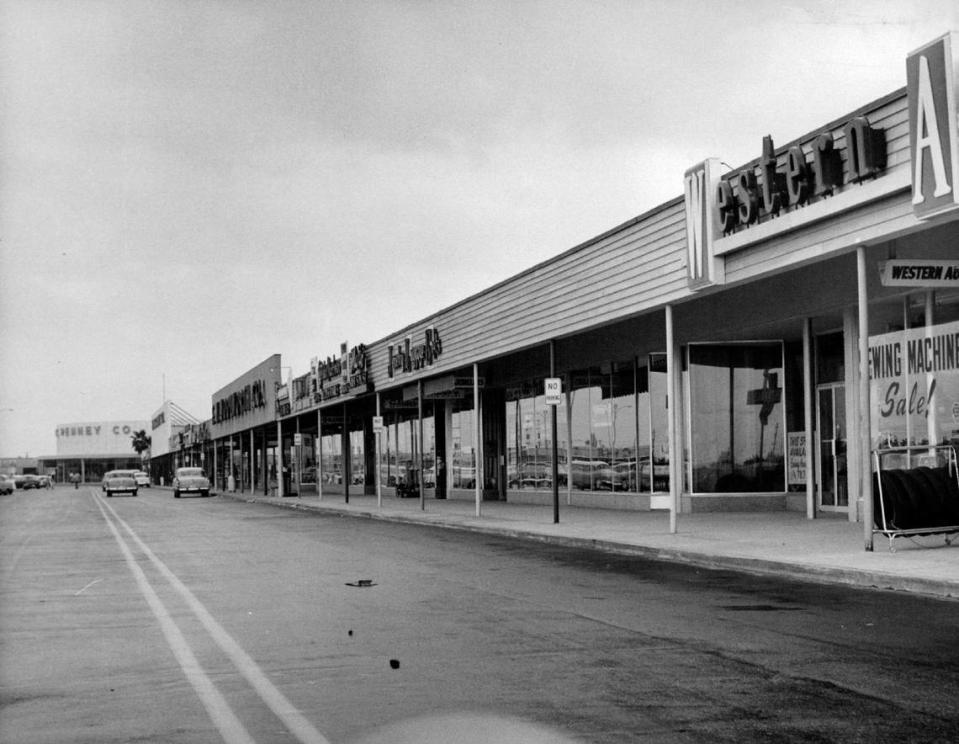
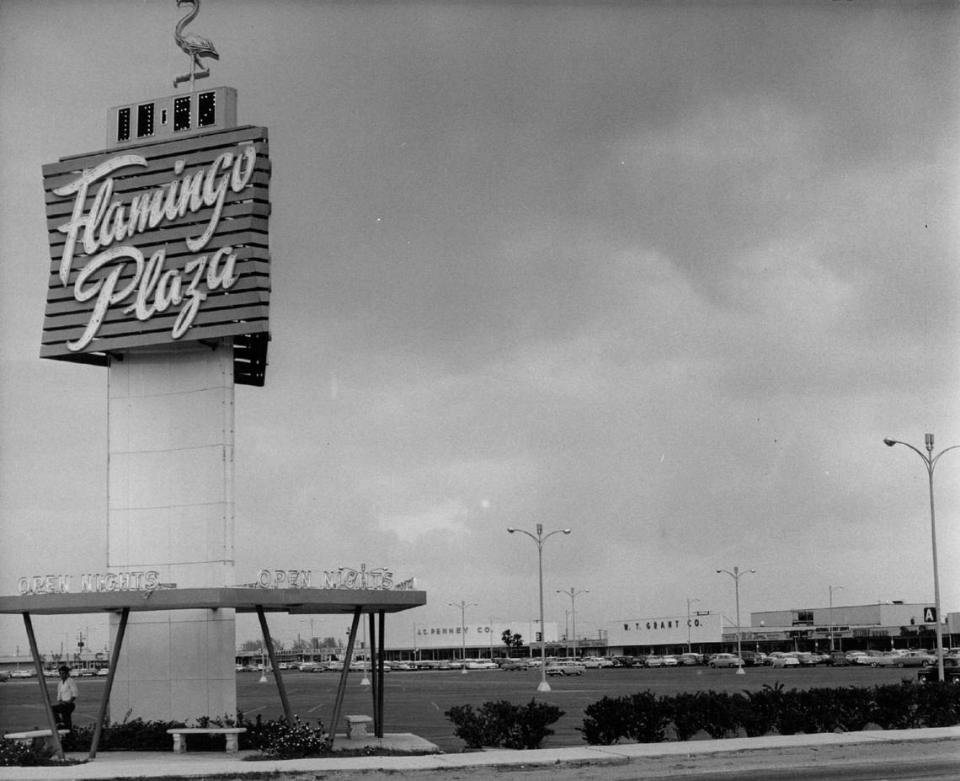
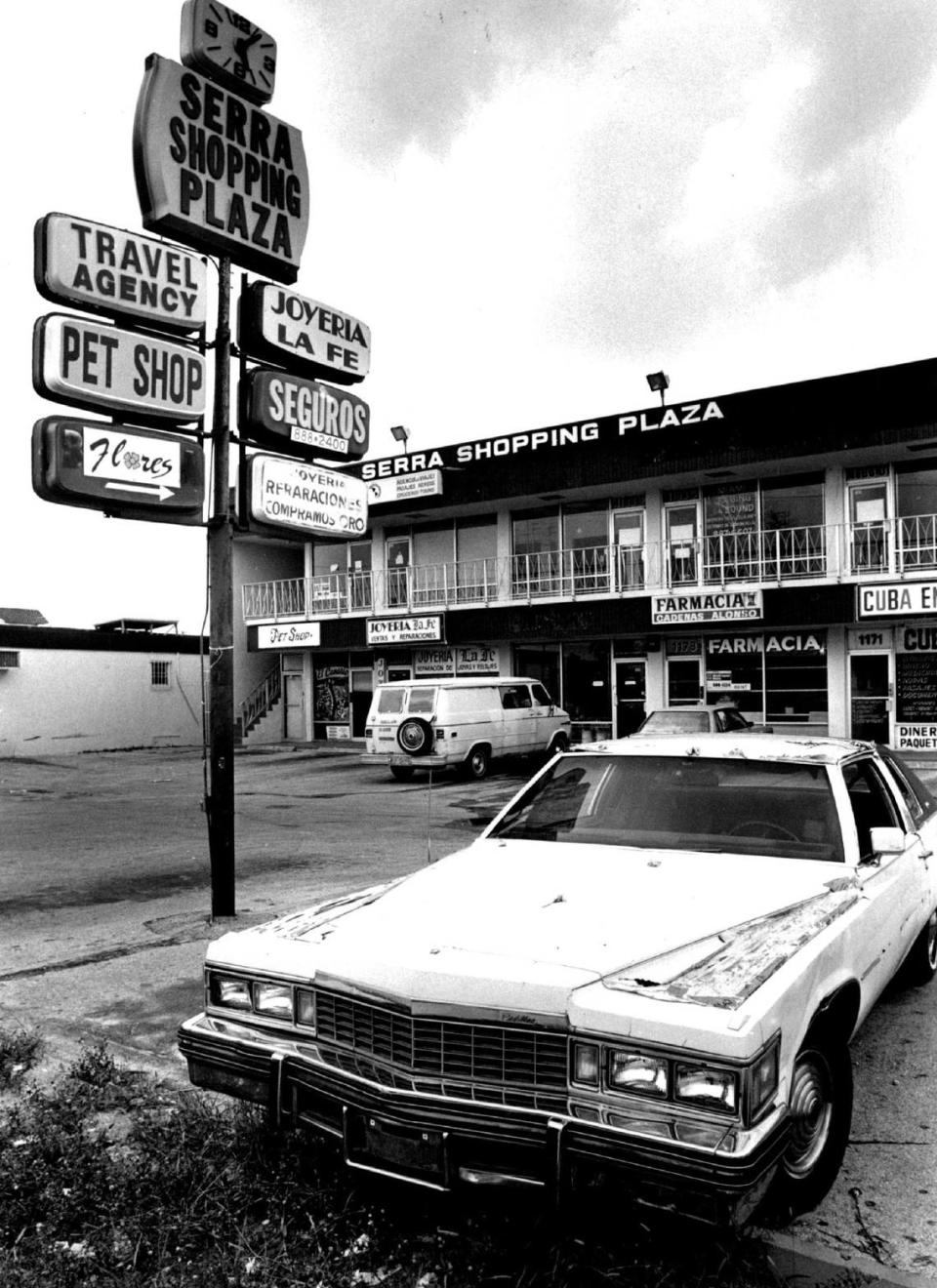
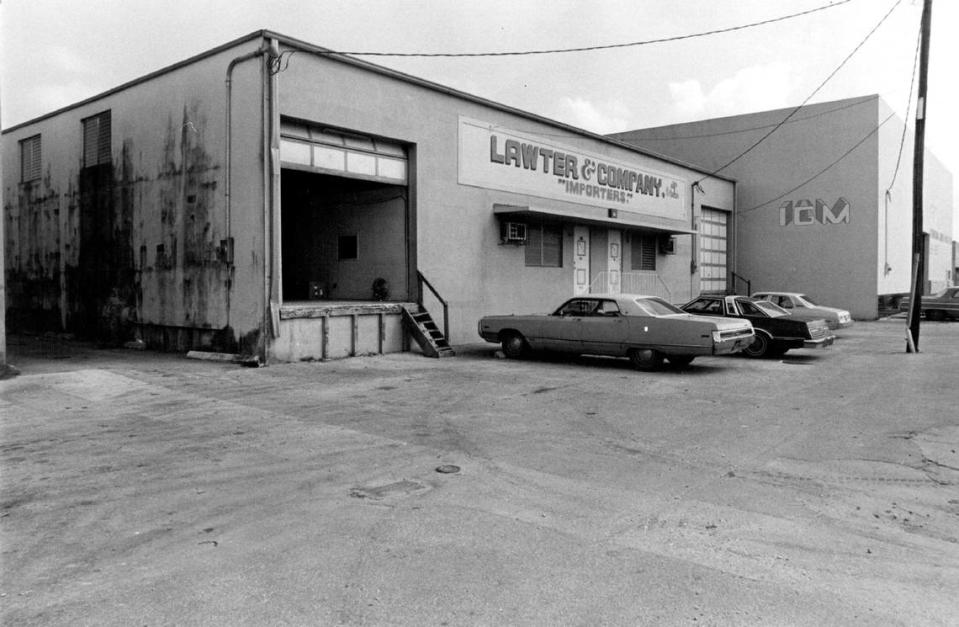
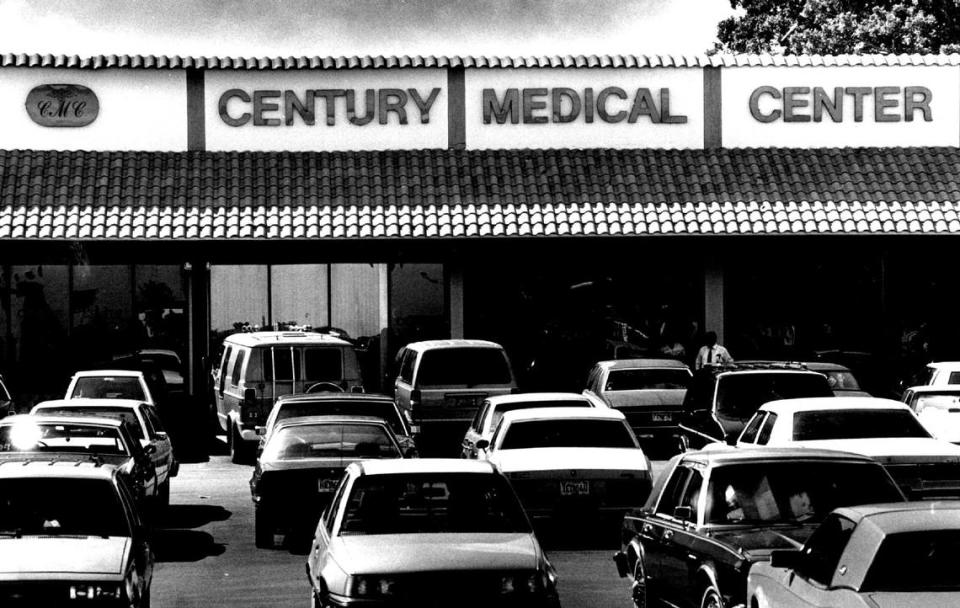
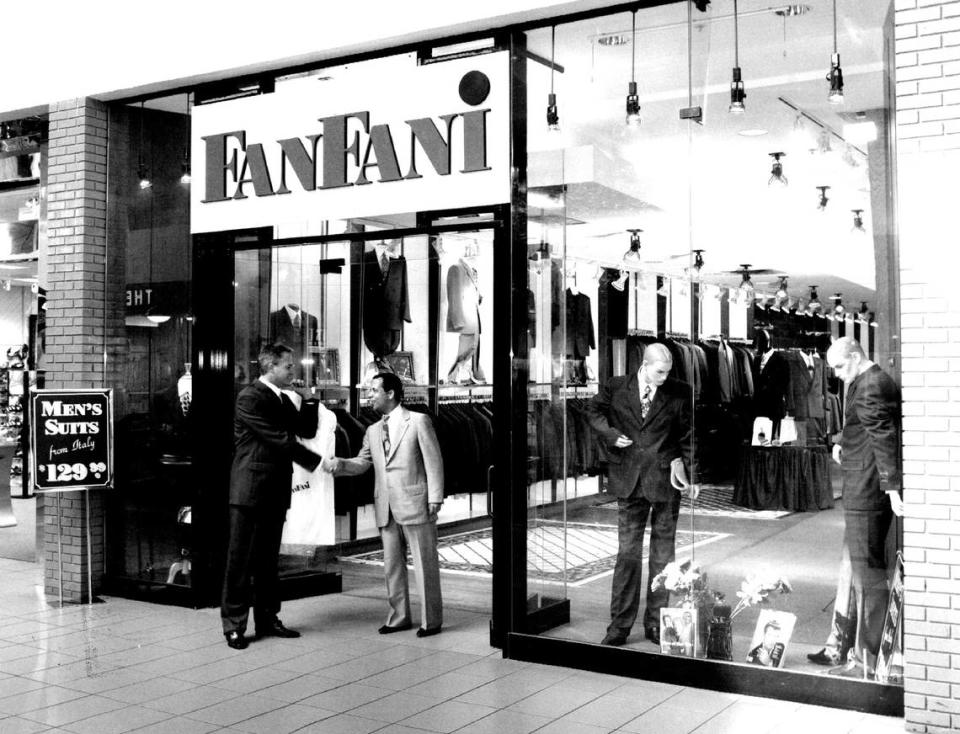
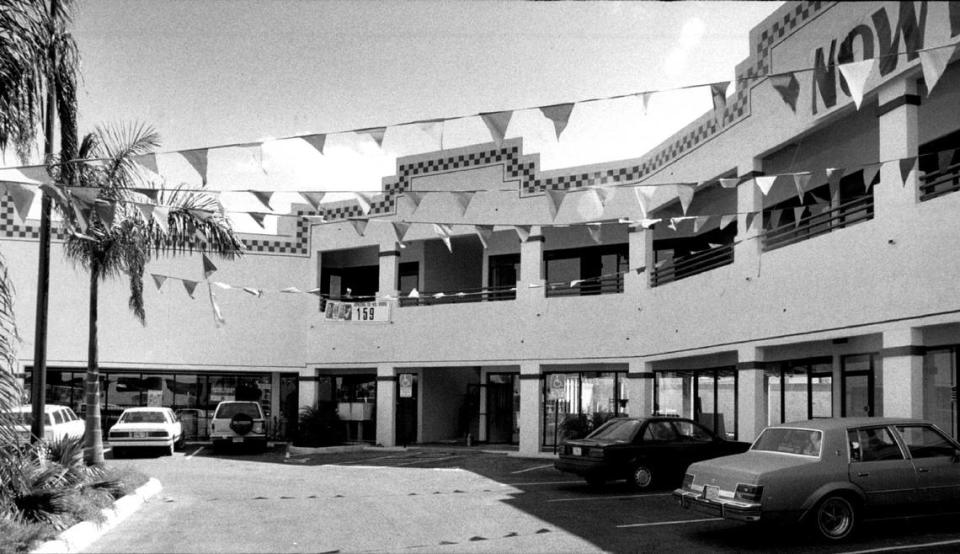
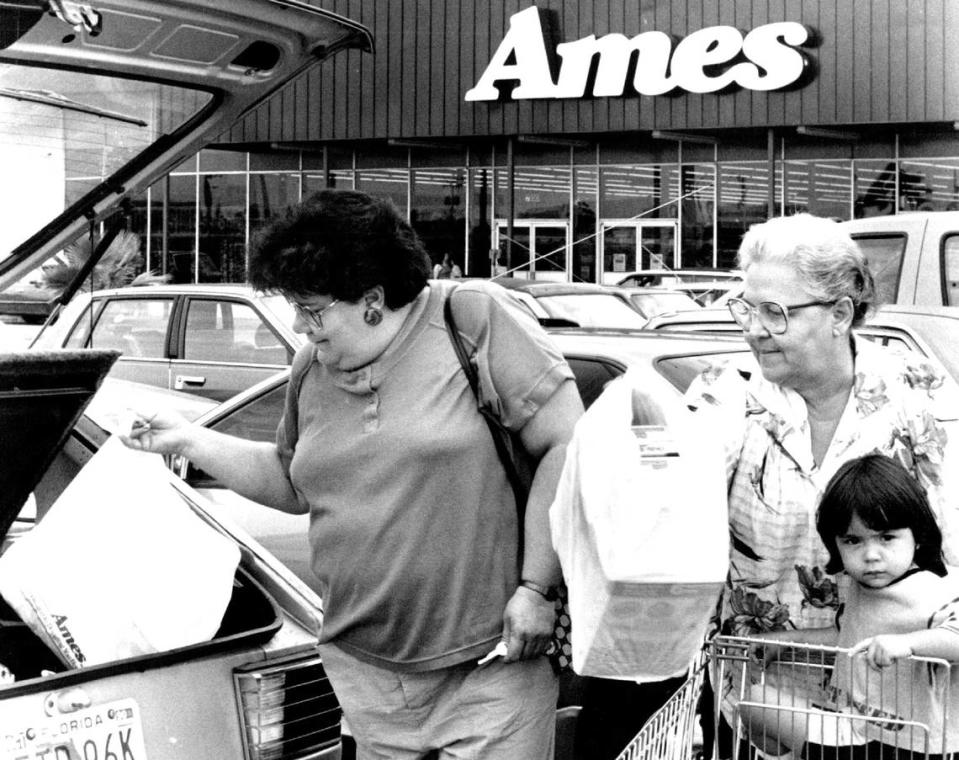
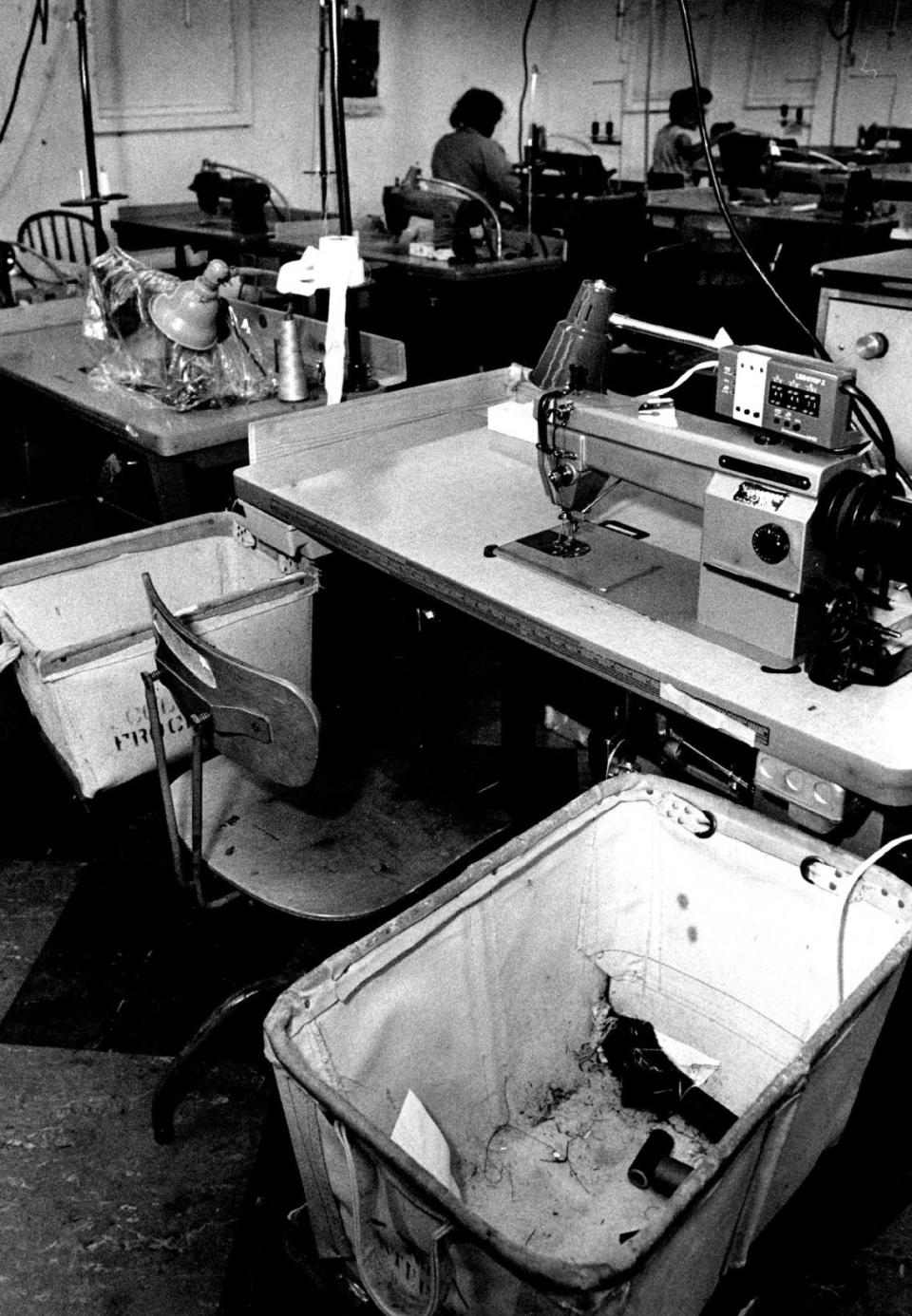
STREET SCENES
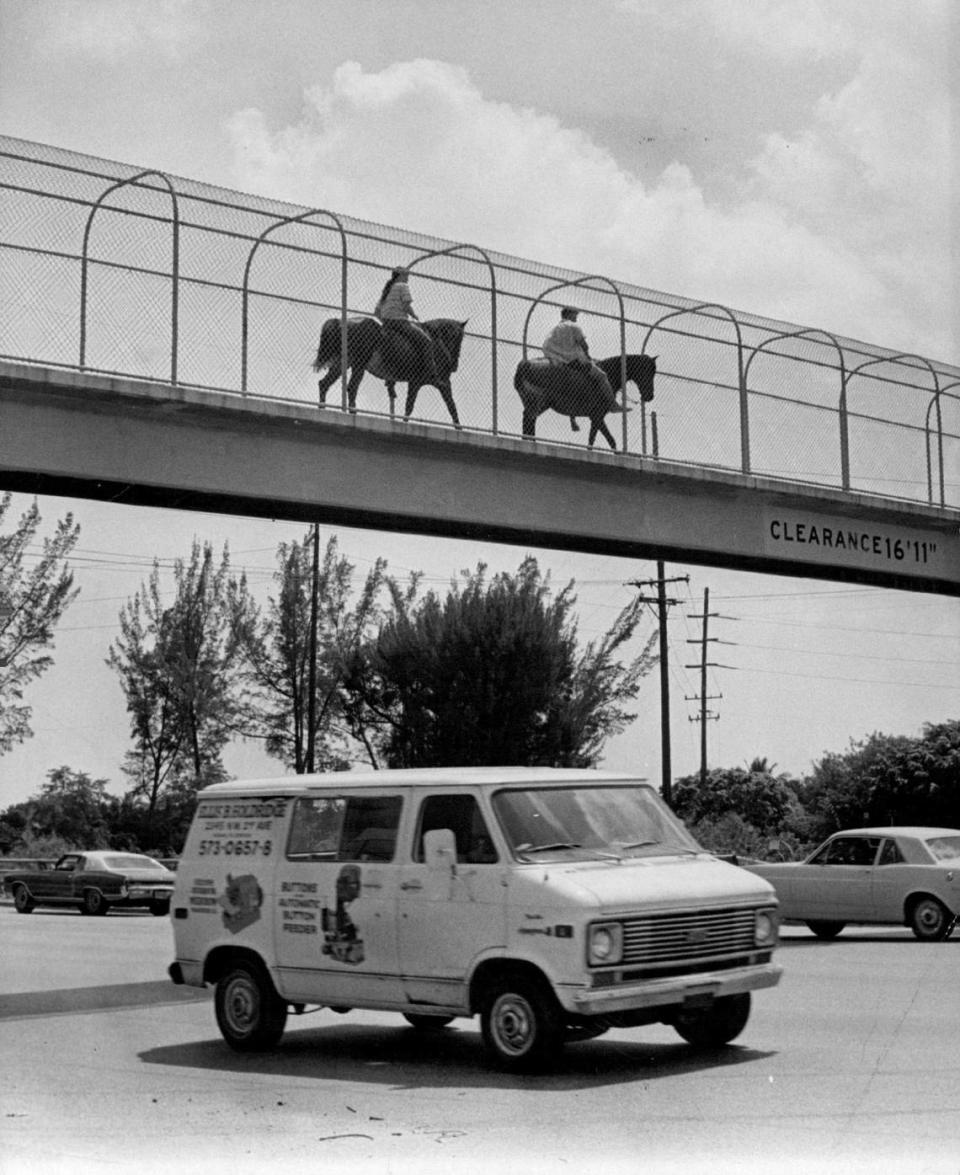
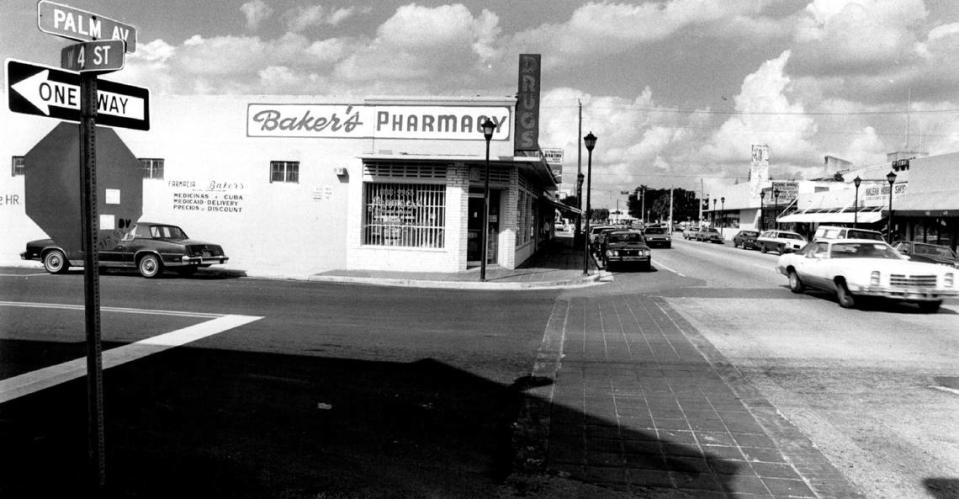
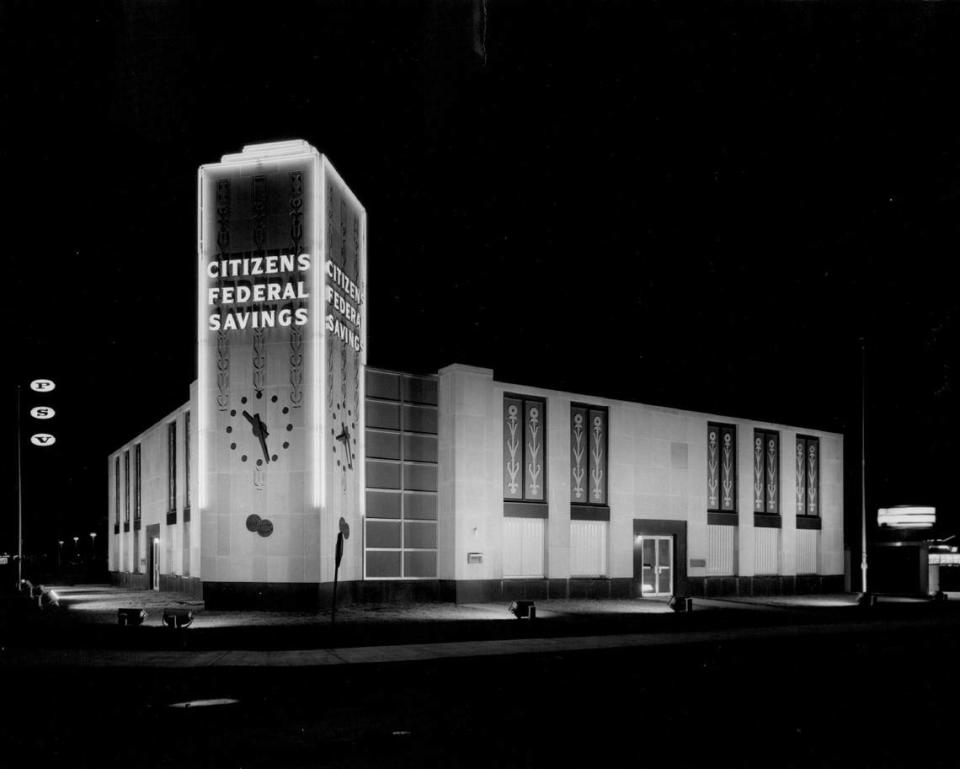
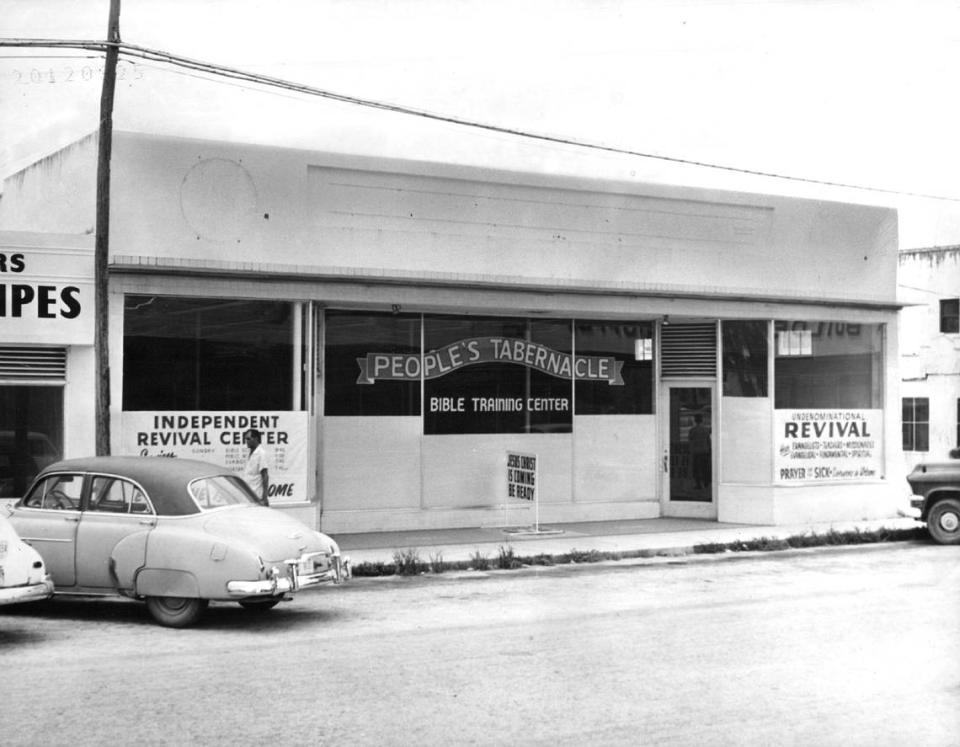
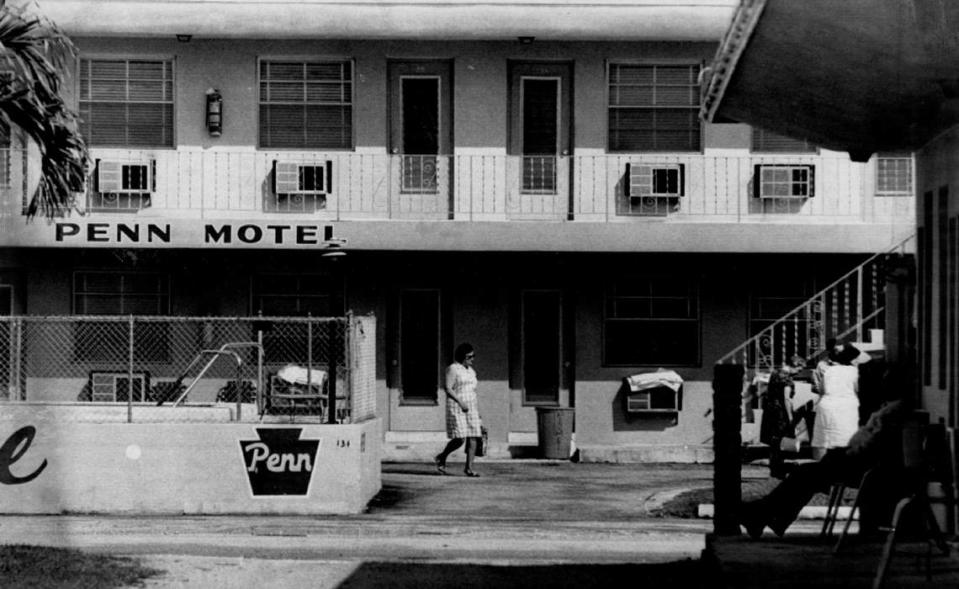
SCHOOLS
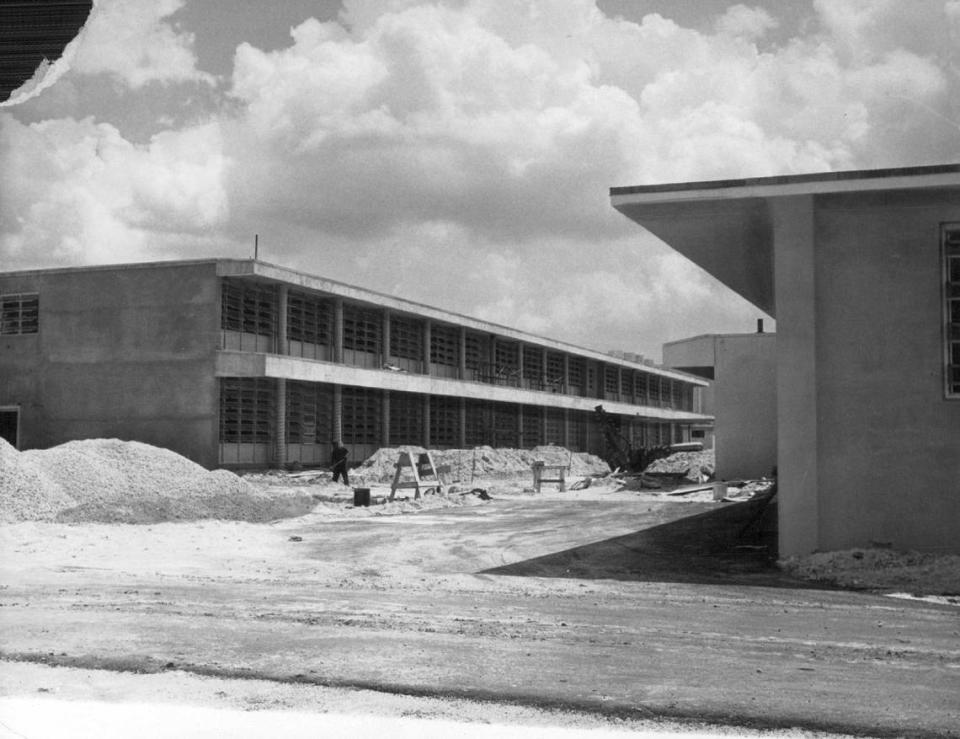
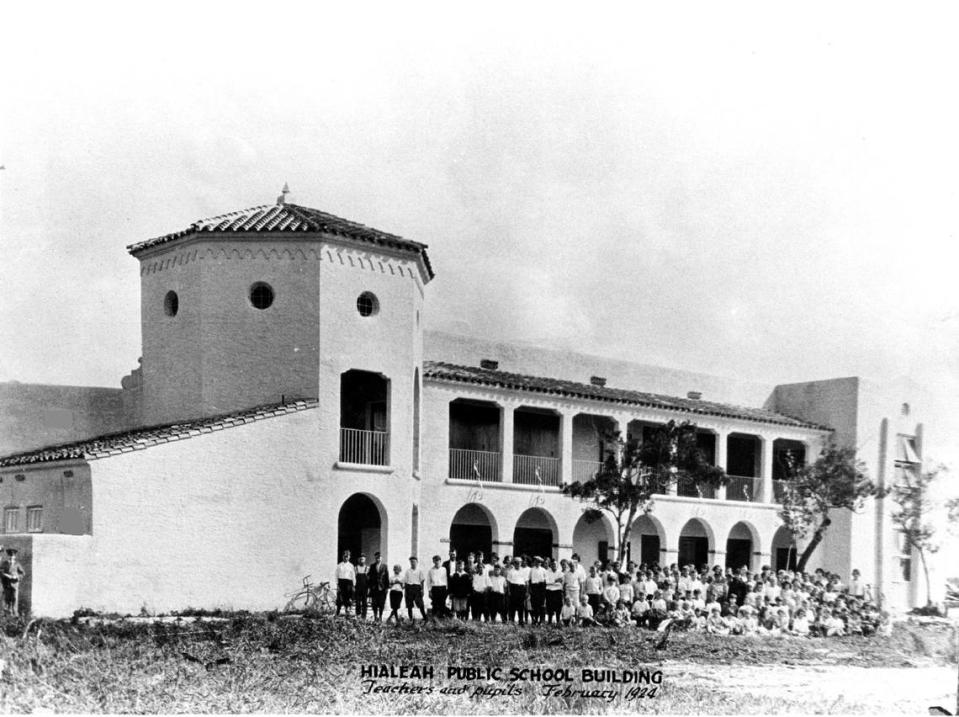
EMEA Tribune is not involved in this news article, it is taken from our partners and or from the News Agencies. Copyright and Credit go to the News Agencies, email news@emeatribune.com Follow our WhatsApp verified Channel

